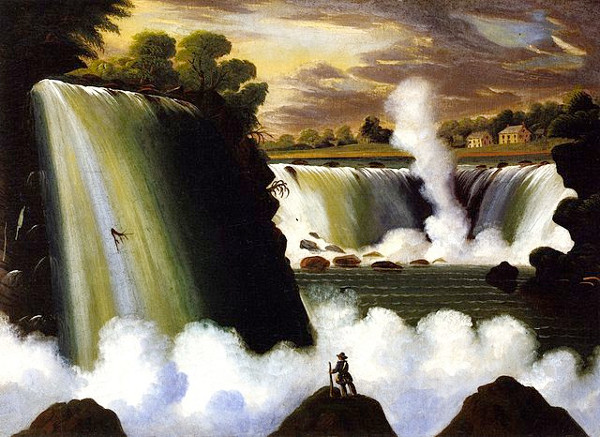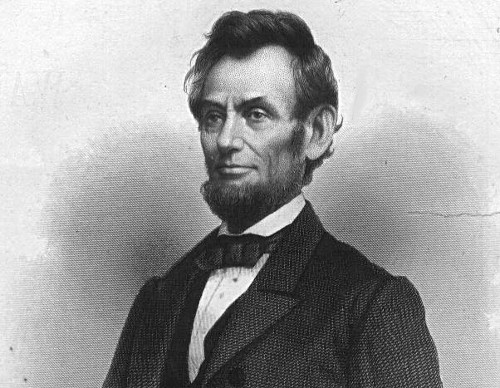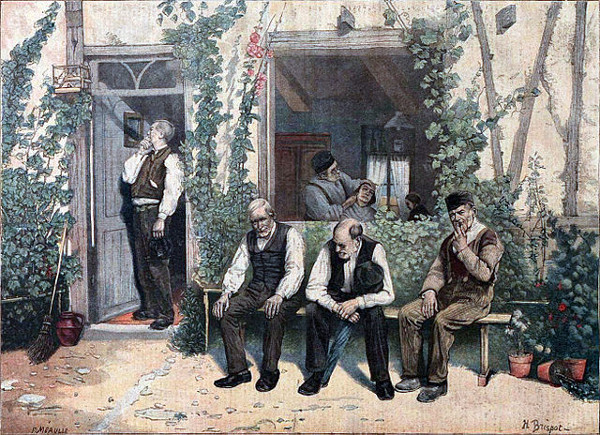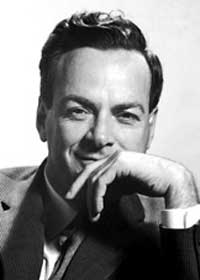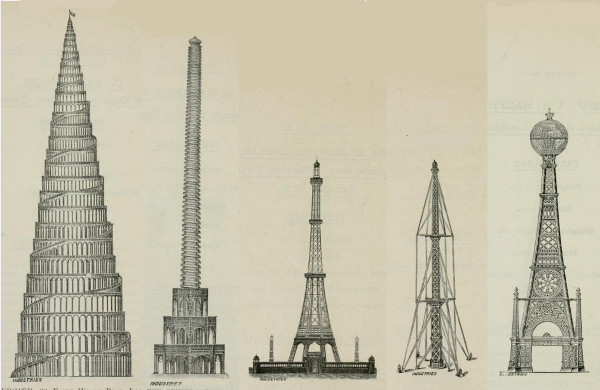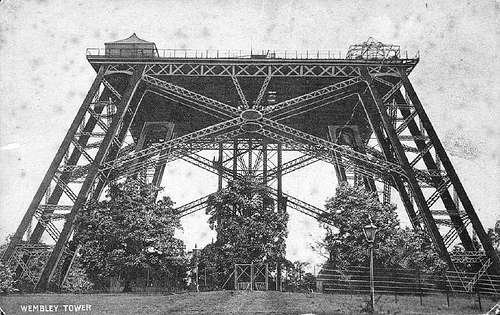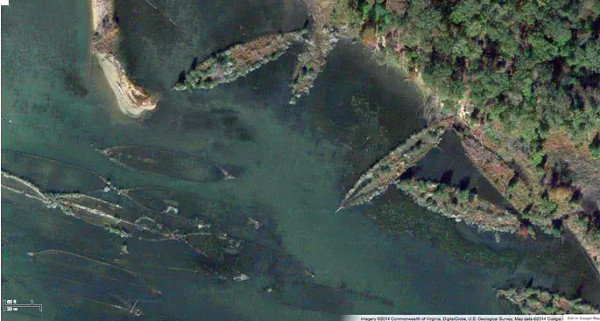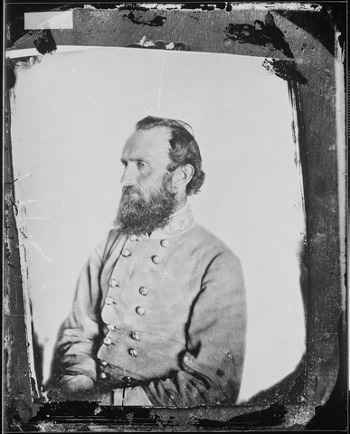
About noon, when Major Pendleton came into the room, he asked, ‘Who is preaching at headquarters today?’ He was told that Mr. Lacy was, and that the whole army was praying for him. ‘Thank God,’ he said; ‘they are very kind to me.’ Already his strength was fast ebbing, and although his face brightened when his baby was brought to him, his mind had begun to wander. Now he was on the battle-field, giving orders to his men; now at home in Lexington; now at prayers in the camp. Occasionally his senses came back to him, and about half-past one he was told that he had but two hours to live. Again he answered, feebly but firmly, ‘Very good; it is all right.’ These were almost his last coherent words. For some time he lay unconscious, and then suddenly he cried out: ‘Order A.P. Hill to prepare for action! Pass the infantry to the front! Tell Major Hawks –‘ then stopped, leaving the sentence unfinished. Once more he was silent; but a little while after he said very quietly and clearly, ‘Let us cross over the river, and rest under the shade of the trees,’ and the soul of the great captain passed into the peace of God.
— George Francis Robert Henderson, Stonewall Jackson and the American Civil War, 1903

